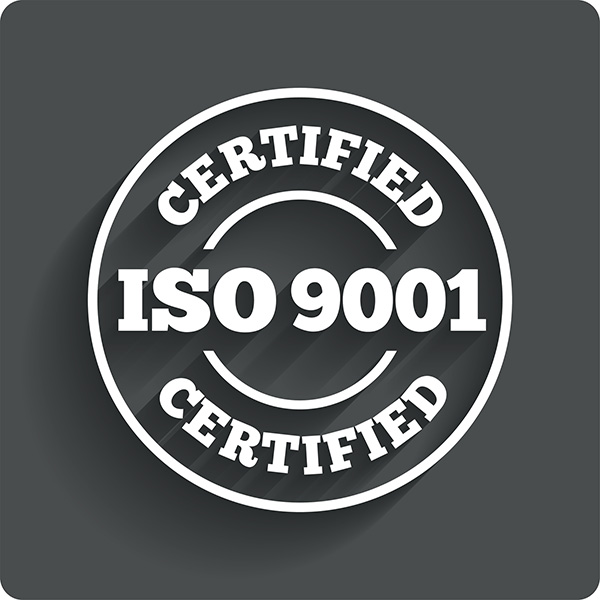It’s also critical to choose the right ink for your application. Assessing these factors during the development of your product packaging is key to creating packaging that is both elegant and compliant.

How much contact compliance do you need?
Some packaging inks have indirect food contact (IFC). Others have direct food contact (DFC). To identify the type of ink you need, it’s a good idea to review their respective definitions. Check out this earlier post at the Turn Bar blog: Food Packaging Inks – Navigating a Complex Regulatory Landscape.
Every color comes with red tape
Whether your print application requires IFC or DFC inks, the number of FDA or EU regulations that must be considered can be intimidating. These regulations span all aspects of safety and often require detailed information about the ink and its components to ensure compliance.The user of the ink is responsible for having this information on hand. Collecting all the necessary information can be as daunting as navigating the regulations. It is important to work with an ink supplier that can readily provide you with the necessary compliance information to keep you from being bogged down in red tape.
Just collecting information is not the only consideration, however. Inks for IFC or DFC must be manufactured using appropriate manufacturing controls and good manufacturing practices (GMP). Listed below are just a few requirements:
- Appropriate raw material specifications and testing
- Dedicated manufacturing and raw material storage areas
- Appropriate, validated cleaning procedures to prevent carryover between batches
- On-going monitoring of regulatory compliance
Tighter demands narrow suppliers
Given the relatively modest market size combined with the higher barriers to market entry, many ink manufacturers have shied away from the IFC and DFC space, narrowing the pool of available suppliers. At Colorcon, this is the core of our business with an ISO 9001 certified facility designed to meet appropriate GMP and a staff experienced and knowledgeable in navigating the regulatory landscape of IFC and DFC inks.
Regulatory Compliance
Colorcon’s No-Tox products span a wide variety of product types, from DFC and IFC inks to designed for many different food contact scenarios to semipermanent adhesive tattoos to medical devices such as syringe barrels or catheters that will be inserted into the body.
With such a large portfolio of products, it’s critical we maintain a strong regulatory team which diligently monitors regulatory changes impacting our products around the world and ensuring the regulatory compliance our customers require. We closely watch any regulatory requirements impacting our products – including requirements put forth by the US FDA, Health Canada, EU Directorate-General for Health and Food Safety (DG SANTE), European Medicines Agency (EMA), European Food Safety Association (EFSA), and the Food Standards Australia New Zealand (FSANZ), to name a few of the regulatory bodies.
Meeting the Unique Challenges of Every Project
Understanding the differences and challenges of each customer application is a critical part of the formulation process both from a functional and a regulatory perspective. Each printing project must be reviewed to determine the functional requirements based on the food to be packaged. This review determines the critical attributes for the application, such as resistance to moisture or fat or whether color bleed or abrasion are concerns. Odor, taste, and other aspects of the ink must also be considered.
Raw Materials
 Colorcon’s No-Tox printing inks designed for DFC or IFC are formulated only with ingredients meeting the 21 CFR requirements for use as either direct or indirect food additives. We provide a batch-specific guarantee letter with each product indicating the compliance of our raw materials. Applications destined for areas outside the US are formulated with ingredients meeting the regulatory requirements of the intended target market of the customer.
Colorcon’s No-Tox printing inks designed for DFC or IFC are formulated only with ingredients meeting the 21 CFR requirements for use as either direct or indirect food additives. We provide a batch-specific guarantee letter with each product indicating the compliance of our raw materials. Applications destined for areas outside the US are formulated with ingredients meeting the regulatory requirements of the intended target market of the customer.
These highly specialized inks are regularly used for packaging, labels, promotional inserts, printed coupons and many other applications that directly or indirectly come in contact with food.
In addition to being a world leader in the manufacture of pigments, formulated film coating systems, and functional excipients for the pharmaceutical, nutritional and food/confectionary industries, Colorcon has more than half a century of expertise with direct and indirect food contact printing inks. Our No-Tox inks are available for every printing process – including lithographic, flexographic, gravure, pad print, screen print and inkjet.
Contact us today for more details or to discuss your IFC or DFC product application.